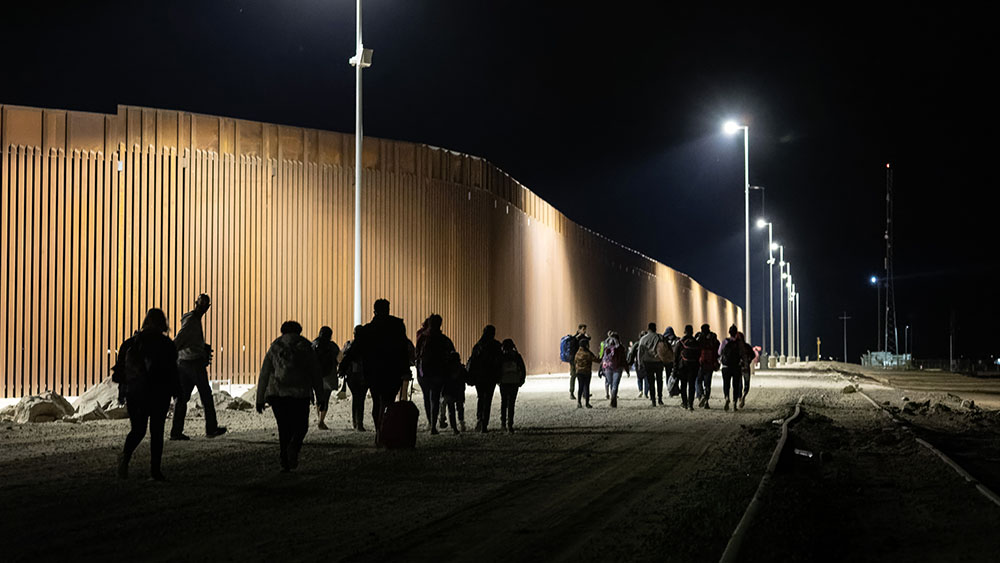 Parler
Parler Gab
Gab
Wildfires release small particles that could harm human health
Experts closely monitor air pollution from wildfires because small particles in smoke that are less than 2.5 micrometers in diameter, which is about four percent the diameter of an average human hair, are small enough to reach deep inside human lungs. The air quality index measures small particle pollution or PM2.5 along with four other major pollutants:- Carbon monoxide (CO)
- Ground-level ozone
- Nitrogen dioxide
- Sulfur dioxide
Western Canada wildfires mark the first series of fires for the season
Fires have destroyed more than 24,000 acres in Western Canada, marking the first series of major wildfires this season. On May 12, authorities issued an evacuation order for thousands of residents in Northern Rockies Regional Municipality and Fort Nelson First Nations in British Columbia because of fast-moving fires. Last summer, smoke from wildfires in Quebec also affected huge portions of the United States. Smoke from the 2023 wildfires sent air quality levels plummeting in cities from the Midwest to the Eastern Seaboard. The CIFFC reported that Canada experienced its most devastating wildfire season in recorded history in 2023, with more than 45 million acres destroyed. Canada is once again preparing for a season of increased fire risk. The Canadian government recently announced that drought conditions "are expected to persist in high-risk regions in May," in turn increasing the "risk and intensity of both natural and human-caused wildfires." Visit Disaster.news for more stories about wildfires and other disasters in the U.S. and across the globe. Watch the video below as firefighters try to put out wildfires in Northwest Territories in Canada. This video is from the High Hopes channel on Brighteon.com.More related stories:
Canadian officials warn: Wildfire smoke spreading across North America could last all summer. Satellite phone SAVED LIVES during the devastating Maui wildfire. Largest wildfire in Texas burns approximately 1,700 square miles and 500 structures (and counting). Ways to keep indoor air clean when there’s wildfire smoke in your area. Sources include: NBCNews.com PCA.State.mn.us Lung.org Brighteon.comMigrants rushing to cross the border NOW before Trump gets re-elected in November
By Laura Harris // Share
Report: Talks to establish WHO Pandemic Treaty seem to have collapsed
By Ramon Tomey // Share
Governments continue to obscure COVID-19 vaccine data amid rising concerns over excess deaths
By patricklewis // Share
Tech giant Microsoft backs EXTINCTION with its support of carbon capture programs
By ramontomeydw // Share
Germany to resume arms exports to Israel despite repeated ceasefire violations
By isabelle // Share










